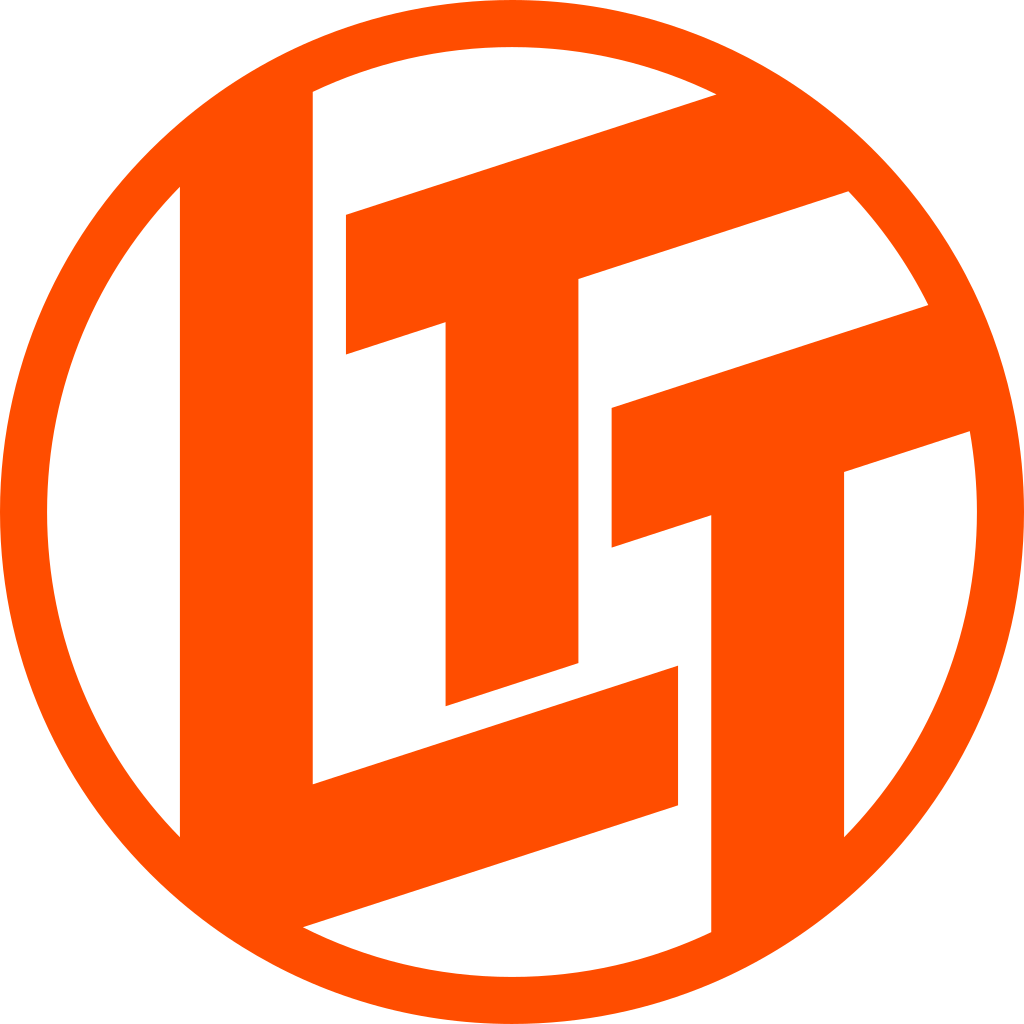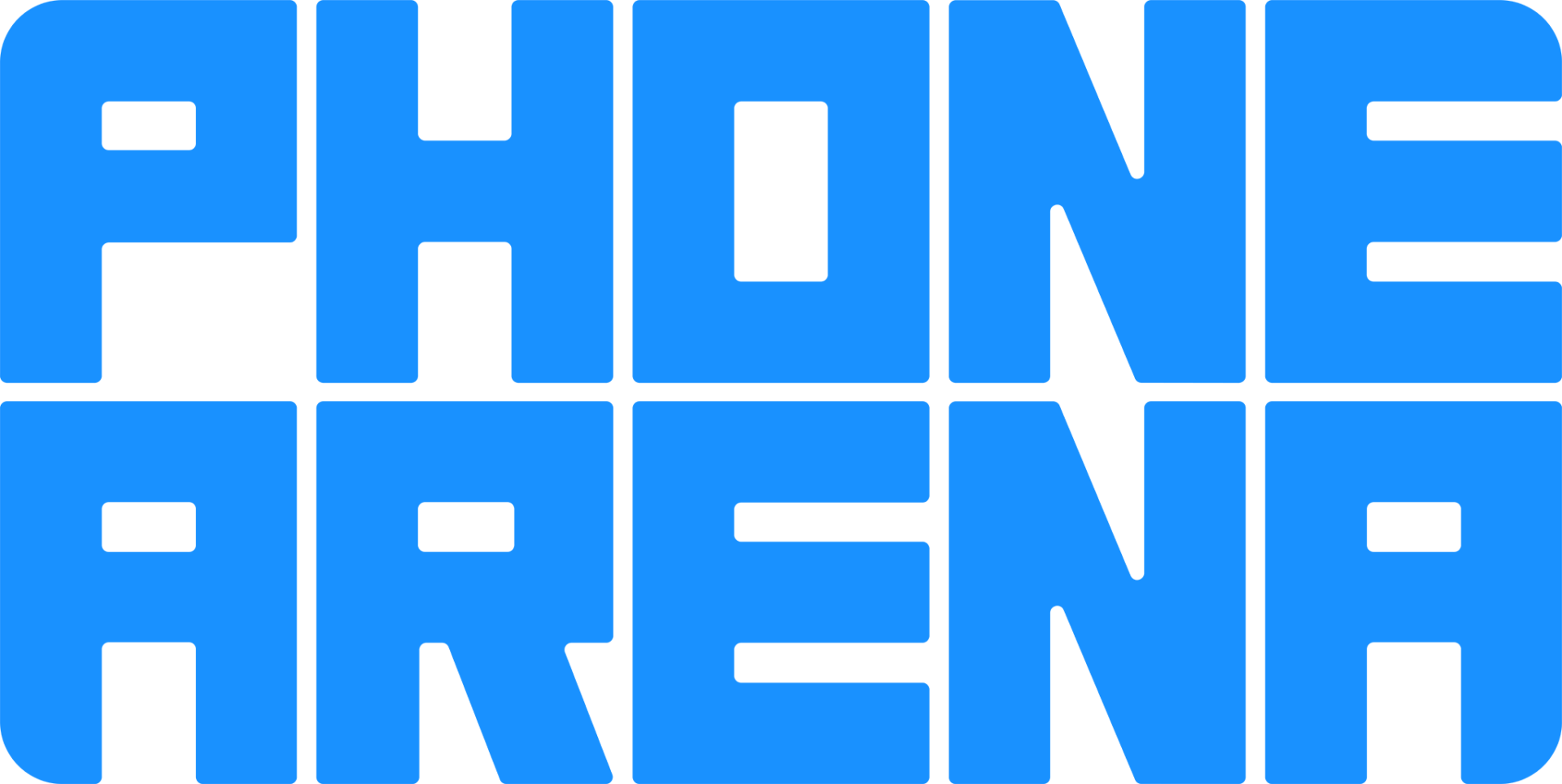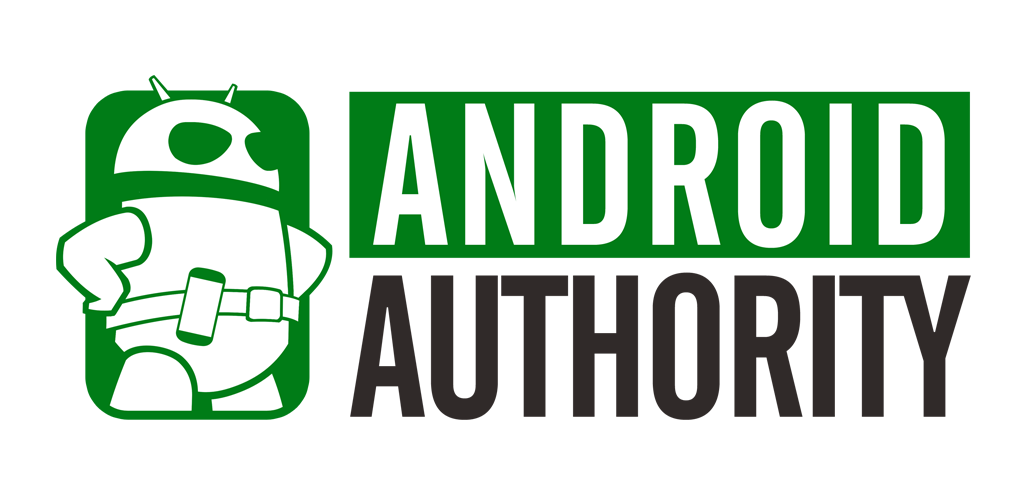A comparison of specs, key information, reviews, and best pricing from top retailers
Last updated -- hours ago | Report incorrect information
What we think

The PerfectRec laptop team Learn more
Updated January 10, 2024·
If you need high performance for tasks like 3D modeling, machine learning, or gaming, the Razer Blade 17 is a strong choice with its larger screen and robust hardware, but it's less portable and has a shorter battery life. On the other hand, the ASUS Zenbook Flip S13 offers more portability, longer battery life, and the versatility of a 2-in-1 design, making it suitable for general use and providing the convenience of a tablet-like experience. However, its performance for demanding tasks won't match the Razer Blade 17, and it likely has a smaller screen. Consider the primary use case and whether portability or performance is your priority. Give Feedback
this description is based on the product variant with some specs and product variant with some specs. At the time of writing, the variant with some specs cost some dollars and the variant with some specs cost some dollars.
Advantages of the ASUS Zenbook Flip S13
- Excellent portability
- Very good battery life
Advantages of the Razer Blade 17
- Very good for general use
- Excellent for engineering and design
- Very good for gaming and AI
- Very good for software development
- Very good for content creation
- Very good overall display quality
- Very good overall build quality
- Excellent speakers
- Excellent keyboard
Key differences
General Use
7.7


8.5
3840 x 2160
RESOLUTION
3840 x 2160
IPS
DISPLAY TECHNOLOGY
IPS
372.0 nits
DISPLAY BRIGHTNESS
486.0 nits
10.5 Hours
BATTERY LIFE
5.5 Hours
7.0/10
KEYBOARD QUALITY SCORE
9.0/10
9.3/10
PORTABILITY SCORE
6.7/10
The Razer Blade 17 is very good for general use, while the ASUS Zenbook Flip S13 is good.
The ASUS Zenbook Flip S13 offers solid performance with its CPU and 16 GB of RAM for general tasks, a high-quality, high-resolution touch screen, and at 2.65 pounds with excellent portability and good battery life, can double as a tablet, making it highly versatile. In contrast, the Razer Blade 17 packs a more powerful CPU and twice the RAM, along with a superior GPU, which provides exceptional performance for more demanding applications, but at 6.06 pounds, its portability is lower, and battery life is significantly shorter despite a larger battery capacity due to its high-end internals.
Gaming and AI
6.3


8.6
3.7/10
OVERALL GPU SCORE
9.2/10
3840 x 2160
RESOLUTION
3840 x 2160
60Hz
REFRESH RATE
144Hz
No
SUPPORTS DLSS
Yes
No
MUX SWITCH / ADVANCED OPTIMUS
Yes
6.5/10
FAN NOISE SCORE
7.2/10
The Razer Blade 17 is very good for gaming and AI, while the ASUS Zenbook Flip S13 is only fair.
The ASUS Zenbook Flip S13 has an integrated Intel Iris Xe GPU and a screen refresh rate of 60Hz, which is adequate for light gaming and 3D tasks, but may not provide the high performance needed for more intense applications or smoother visuals.
Engineering and Design
7.4


9.1
5.5/10
OVERALL CPU SCORE
9.2/10
3.7/10
OVERALL GPU SCORE
9.2/10
16.0 GB
RAM
32.0 GB
The Razer Blade 17 is excellent for engineering and design, while the ASUS Zenbook Flip S13 is good.
The ASUS Zenbook Flip S13 is praised for uses in engineering and design, largely due to its high-resolution IPS touchscreen and powerful Intel i7 CPU with integrated graphics, providing a balance between performance and portability. In contrast, the Razer Blade 17 is considered excellent for the same uses given its even more powerful Intel i9 CPU and Nvidia RTX 3080 Ti GPU, larger, high-refresh-rate screen, and greater RAM capacity, making it superior in performance but less portable and with reduced battery life.
Content Creation
7.8


8.5
5.5/10
OVERALL CPU SCORE
9.2/10
3840 x 2160
RESOLUTION
3840 x 2160
16.0 GB
RAM
32.0 GB
IPS
DISPLAY TECHNOLOGY
IPS
The Razer Blade 17 is very good for content creation, while the ASUS Zenbook Flip S13 is good.
PerfectRec’s Content Creation Score takes into account the many different features of the laptop that make it more or less suitable for photo editing, video editing and other content creation tasks.
Software Development
7.6


8.5
5.5/10
OVERALL CPU SCORE
9.2/10
16.0 GB
RAM
32.0 GB
3840 x 2160
RESOLUTION
3840 x 2160
7.0/10
KEYBOARD QUALITY SCORE
9.0/10
The Razer Blade 17 is very good for software development, while the ASUS Zenbook Flip S13 is good.
PerfectRec’s Software Development Score takes into account the many different features of the laptop that make it more or less suitable for software developers.
Screen Quality
7.9


8.6
13.3in
SIZE
17.3in
3840 x 2160
RESOLUTION
3840 x 2160
IPS
DISPLAY TECHNOLOGY
IPS
60Hz
REFRESH RATE
144Hz
372.0 nits
BRIGHTNESS
486.0 nits
The Razer Blade 17 has a better screen than the ASUS Zenbook Flip S13 for general use, gaming and AI, engineering and design, content creation, and software development.
The ASUS Zenbook Flip S13's high resolution and brightness, along with an IPS panel, provide crisp and vibrant visuals ideal for general use and detail-oriented tasks like engineering and design, where color accuracy is crucial. The Razer Blade 17 also offers a similar display with sharp resolution and color accuracy that professionals in engineering and design need, ensuring that both screens render precise and vivid images needed for their work. However, both the Zenbook Flip S13 and Razer Blade 17 have lower refresh rates, which can hinder the smooth visual experience required for high-end gaming and viewing fast-moving 3D content, making them less suitable for those specific needs.
Battery
10.5 Hours


5.5 Hours
The ASUS Zenbook Flip S13 has 10.5 hours of battery life. The Razer Blade 17 has 5.5 hours of battery life.
Battery life estimate is based on a mix of common use patterns. More portable and higher performing laptops tend to have less battery life.
Portability
Excellent


Fair
13.3in
SIZE
17.3in
2.6 lbs
WEIGHT
6.0 lbs
0.5in
THICKNESS
0.7in
The ASUS Zenbook Flip S13 has excellent portability, while the Razer Blade 17 has only fair portability.
The most portable laptops are small, thin, and light.
Build Quality
7.8


8.5
The Razer Blade 17 has very good build quality, while the ASUS Zenbook Flip S13 has good build quality.
PerfectRec’s Build Quality Score incorporates case materials, display and keyboard flex, hinge quality, and overall reliability.
Cost
$1,400


$4,300
$500
$1,000
$1,500
$2,000
$2,500
$3,000
$3,500
$4,000
The ASUS Zenbook Flip S13 has a price of $1,400 and the Razer Blade 17 costs $4,300.

Let Us Help Find Your Perfect Laptop
Find your new laptop
Give feedback
We’re constantly working to improve.
How the ASUS Zenbook Flip S13 and the Razer Blade 17 compare to other laptops
Spec Comparison
| ASUS Zenbook Flip S13 | Razer Blade 17 |
GENERAL | |||
|---|---|---|---|
| Price | |||
$1,400 | $4,300 | ||
Release Date | |||
Release Date | August 1, 2021 | February 1, 2022 | |
Overall Dimensions | |||
Overall Dimensions | 12'' x 8.3'' x 0.51'' | 15.6'' x 10.2'' x 0.78'' | |
Weight | |||
Weight | 2.65 lbs | 6.06 lbs | |
Width | |||
Width | 12.01" | 15.55" | |
Depth | |||
Depth | 8.31" | 10.24" | |
INTERNAL | |||
|---|---|---|---|
Processor | |||
Processor | Intel i7-1165G7 | Intel i9-12900H | |
RAM | |||
RAM | 16 GB | 32 GB | |
DDR Memory Version | |||
DDR Memory Version | 4 | 5 | |
RAM Slots | |||
RAM Slots | 0 | 2 | |
Storage | |||
Storage | 1024 GB | 1024 GB | |
BATTERY | |||
|---|---|---|---|
Battery Life | |||
Battery Life | 10.5 Hours | 5.5 Hours | |
Battery Capacity | |||
Battery Capacity | 67 Wh | 82 Wh | |
SCREEN | |||
|---|---|---|---|
Diagonal Size | |||
Diagonal Size | 13.3" | 17.3" | |
Display Technology | |||
Display Technology | IPS | IPS | |
Resolution | |||
Resolution | 3840 x 2160 | 3840 x 2160 | |
Refresh Rate | |||
Refresh Rate | 60Hz | 144Hz | |
Display Brightness | |||
Display Brightness | 372 nits | 486 nits | |
RELIABILITY, APPEARANCE & ACOUSTICS | |||
|---|---|---|---|
Build Quality Score | |||
Build Quality Score | 7.8/10 | 8.5/10 | |
Portability Score | |||
Portability Score | 9.3/10 | 6.8/10 | |
Gaming Laptop Appearance | |||
Gaming Laptop Appearance | No | Yes | |
Premium Business Laptop | |||
Premium Business Laptop | No | No | |
Fan Noise Score | |||
Fan Noise Score | 6.5/10 | 7.3/10 | |
HARDWARE FEATURES | |||
|---|---|---|---|
Keyboard Quality Score | |||
Keyboard Quality Score | 7/10 | 9/10 | |
Speaker Quality Score | |||
Speaker Quality Score | 7.5/10 | 9.1/10 | |
Webcam | |||
Webcam | 720p | 1080p | |
Fingerprint Reader | |||
Fingerprint Reader | No | No | |
Backlit Keyboard | |||
Backlit Keyboard | Yes | Yes | |
Number Pad | |||
Number Pad | Yes | No | |
CONNECTIVITY | |||
|---|---|---|---|
USB Type-A | |||
USB Type-A | 1 | 3 | |
USB-C ports | |||
USB-C ports | 2 | 2 | |
USB-C Charging | |||
USB-C Charging | Yes | Yes | |
Display Outputs | |||
Display Outputs | 3 | 3 | |
Thunderbolt Version | |||
Thunderbolt Version | 4 | 4 | |
Shopping
ASUS Zenbook Flip S13
See more
Dig into reviews and images
Tom's Hardware
Charles Jefferies | January 2023
"The Asus Zenbook S 13 Flip is an ultra-sleek 2-in-1 convertible. A gorgeous OLED screen and lightweight magnesium chassis make this convertible a traveller’s dream. Its SSD isn’t fast, but it won’t hold you back in everyday use. Its battery life also isn’t class leading, but it’s hardly off the pace. Overall, the Zenbook S 13 Flip OLED holds its head high in the premium convertible category and is a smaller alternative to the Spectre x360 13.5 and the Yoga 9i Gen 7."
Razer Blade 17
See more
Dig into reviews and images
NotebookCheck
Sascha Mölck | July 2022
"Our test configuration of the Blade 17 targets gamers and creative professionals. A Core i9-12900H processor, GeForce RTX 3080 Ti Laptop GPU (175 watts TGP after the BIOS update, 16 GB of VRAM), and 32 GB of working memory equip the laptop for video processing, rending, and 4k gaming at the highest level. In addition, a fast PCIe-4 SSD (1 TB) ensures short load and storage times. With the Blade 17 (Early 2022), Razer delivers a successful and powerful work device for creative professionals. But this also has its price."
Get a great deal on the ASUS Zenbook Flip S13 or the Razer Blade 17
About ASUS
ASUS, a Taiwanese electronics brand, is one of the largest personal computer vendor by market share. The majority of their laptops are targeted towards personal use or gaming. Their most popular product lines include the budget-friendly VivoBook, more premium ZenBook, and their TUF and ROG gaming laptops, the latter of which has a reputation for excellent gaming performance.
About Razer
Razer is an American-Singaporean technology company. Razer is best known for their Blade series laptops, well known for their strong performance and sleek design. Although Razer charges a premium price tag for their laptops, buyers can expect a stealthy laptop with clean fit and finish and strong performance. All of their models offer great portability and build quality compared to other gaming laptops.
Give feedback
We're constantly perfecting our model
Laptop guides you might be interested in
More comparisons for you
FAQs
FAQs about laptops
Why trust us
This information was produced and vetted by the PerfectRec laptops team. We are a product research and recommendation organization that meticulously reviews and evaluates the latest laptop information and makes it digestible for you.
By the numbers
380
Laptops evaluated
48,640
Laptops stats compiled
13
Proprietary Laptops ratings developed
132,495
Recommendations made
28,708
Consumer hours saved
About the laptop team
Joe Golden, Ph.D
CEO and Laptops Editor
Joe is an entrepreneur and lifelong electronics enthusiast with a Ph.D in Economics from the University of Michigan.
Jason Lew
Staff Expert & Software Engineer
Jason is a staff expert and software engineer that has been making laptop recommendations for 7 years and moderates one of the largest laptop subreddits.
Chandradeep Chowdhury
Staff Expert & Software Engineer
Chandradeep is a staff expert and software engineer and expert in televisions and monitors. He’s been making monitor recommendations for ten years.
Craig Russell
Laptops Expert
Craig is a UK-based laptops expert. Craig works in IT, where he recommends and supports laptops and PCs for clients and has been recommending laptops on Reddit for five years.







